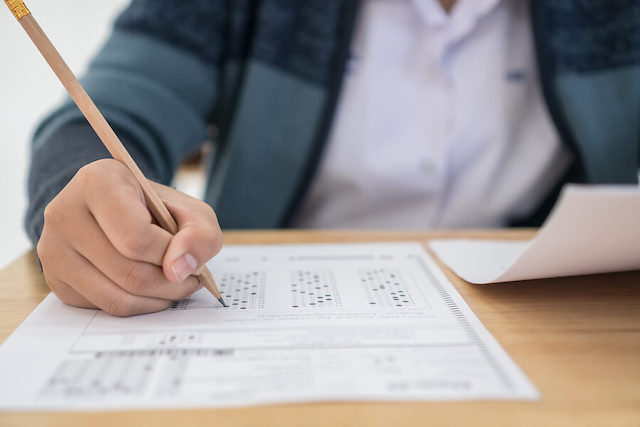It may have aired more than a year ago, but this drama remains a highly impactful and well-received work, even clinching the award of Best Drama Series at the 24th Asian Television Awards. That drama is none other than Sky Castle, a drama that spotlights the struggles of 4 women and their messy pursuits for success.
The huge part of the drama is the paper chase the characters find themselves in as the parents exhaust all mean and ways to snag their child a place in one of the nation’s prestigious colleges. To many South Koreans watching the drama then, this depiction of their education system was a stark reminder of reality.
You might have become at least a little bit familiar with the South Korean schooling system from watching your beloved dramas, but what is it really like to go to school in South Korea? Here is quick peek into the ups and downs of the education system there!
Public education consists of primary, middle, and high school
The public education system in South Korea begins in primary school, progresses to middle school, and then ends off with high school. In the 6 years of primary school, students study a broad spectrum of subjects, including Korean language, mathematics, science, social studies, moral education, physical education, music, fine arts, and practical arts.
As students enter middle school, they study a mix of core subjects and chosen electives. After three years, they progress to high school, which can be either academic high schools or vocational high schools. There are also a small number of specialised high schools with niches which may include foreign languages, the arts, or sciences.
Students spend a lot of time in school
A typical school day for a South Korean student begins at 8 am and can run till 4.30 pm. However, the majority of the students don’t end their day there. Most will remain in school to study in the library, attend co-curricular activities, or attend extra classes. A large proportion also enrols in tuition class or ‘cram schools’ (known in Korean as 이십학원 ‘yi-shib hagwon’) outside of school in the evenings.
The school year runs in two terms, from March to July, then September to February. While there are summer and winter breaks, schools typically hold extra classes during some part of the holidays, which mean many students still go back to school despite the vacation days.
The education system is super competitive
As you probably already know, the South Korean education system is highly competitive. Students spend the bulk of their time in attending classes, self-studying, or at tuition. The college admission test, called the College Scholastic Aptitude Test (CSAT) is widely considered of the most stress-inducing things in the schooling system, as it largely determines whether a student gets into university – and which university they qualify for.
The competitive education system has frequently been criticised by parents and educators, and recent reforms have sought to put these concerns into consideration. For example, the University Entrance Simplification Policy of 2013 broadens the admission criteria for prospective university students, so that not all the focus is on the CSAT results.
With an understanding of the South Korean education system, now you will be ready to have a deeper appreciation of your favourite high school teen dramas! These nuggets of information may also prove handy if you ever wish to consider migrating there.
Another vital thing you need before you go to Korea or enjoy more dramas in their original glory is to learn the Korean language! A Korean language course in Singapore will be just the thing you need. Sejong Korean Language School welcomes learners of all skills levels to bring their Korean skills to greater heights under the tutelage of our passionate, native Korean-speaking teachers!


